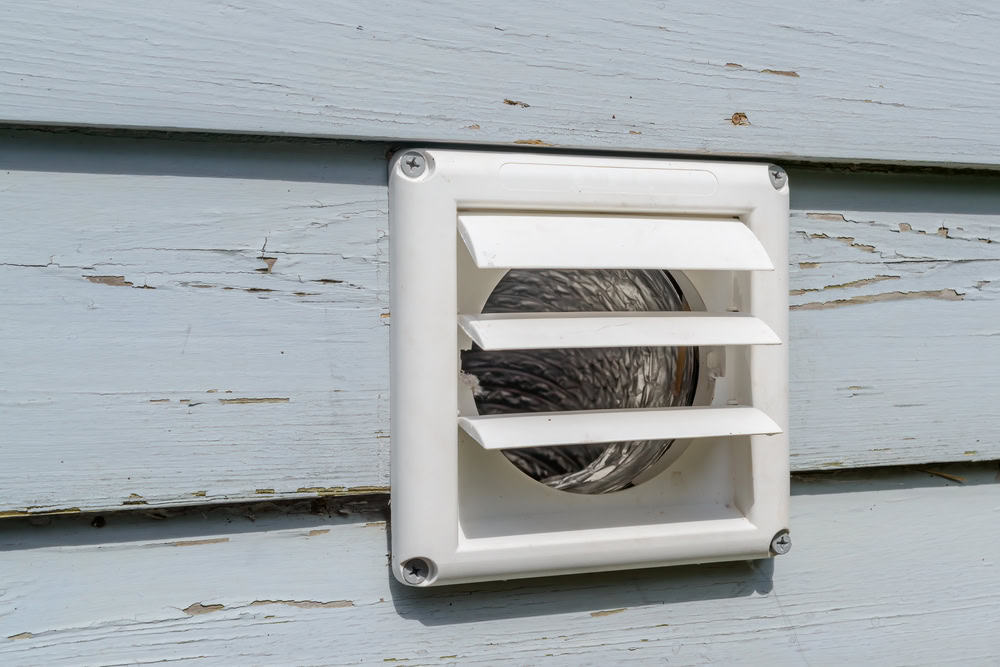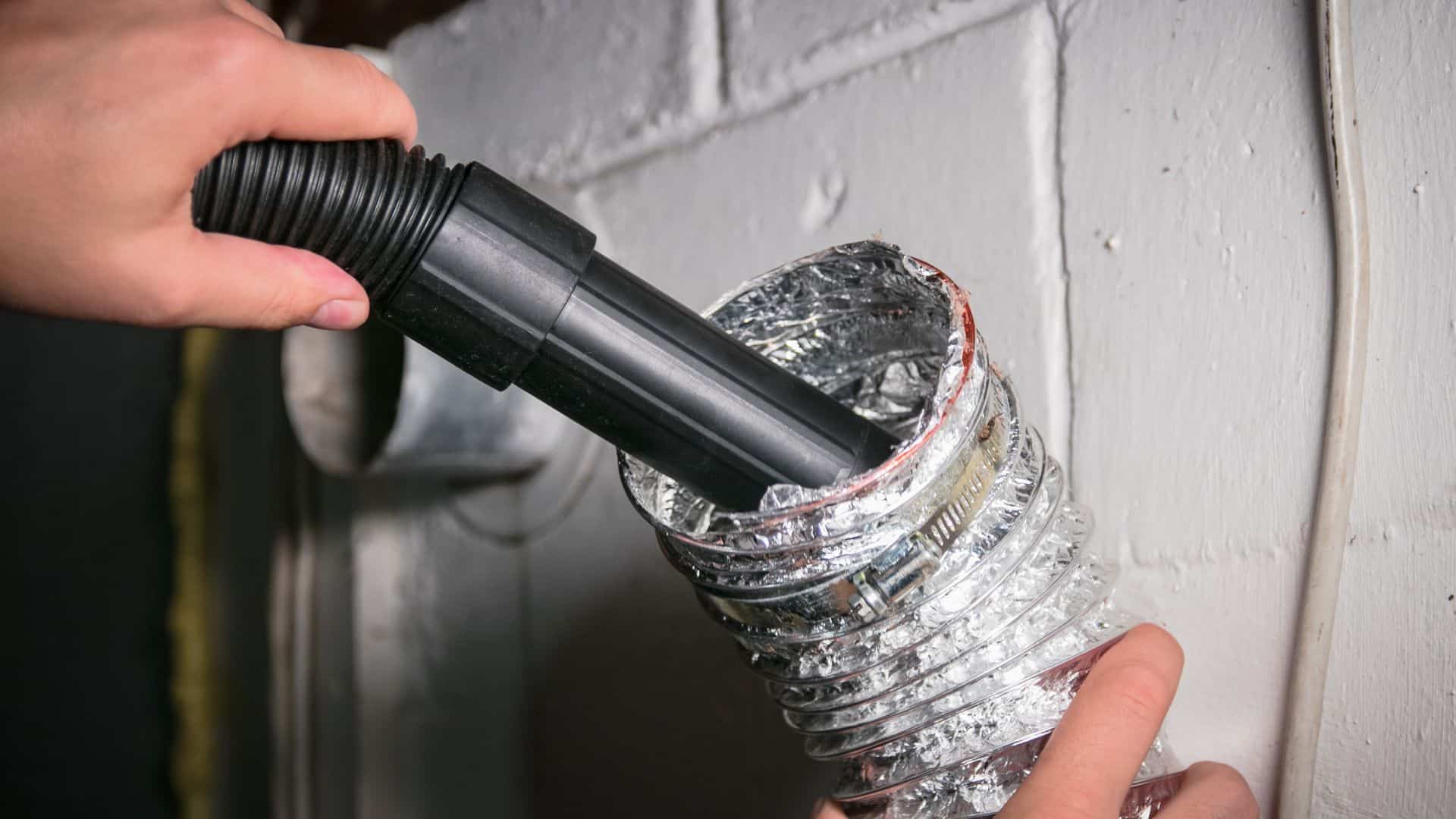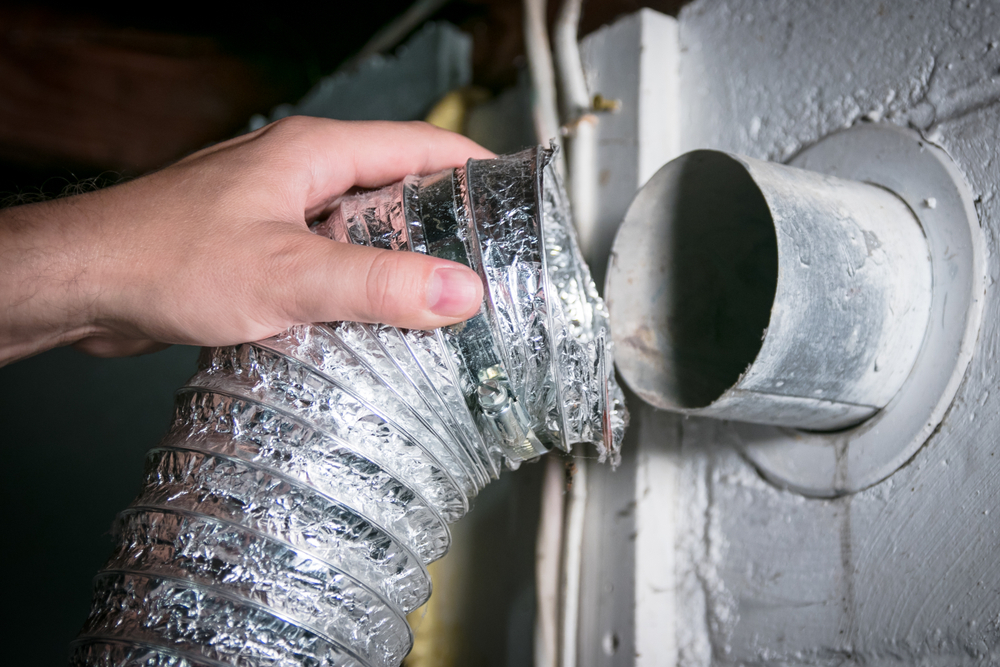Summary:
This article exposes the hidden contaminants lurking in Georgetown air ducts, including mold, dust, allergens, and pest waste. It outlines how poor air quality impacts health, sleep, and energy bills, especially in climates like Georgetown’s with seasonal humidity and wildfire smoke. Readers learn to recognize warning signs, understand the duct cleaning process, and avoid common myths. With expert tips on choosing certified professionals, the article empowers homeowners to take control of their indoor air quality and protect their families from invisible hazards.
Air ducts may be hidden behind walls and ceilings, but they play a massive role in your home’s comfort, health, and energy efficiency. Most Georgetown homeowners rarely think about their ductwork—until they’re sneezing nonstop or paying outrageous energy bills. The truth? What’s lurking inside your air ducts might be far worse than you expect. Mold, bacteria, pest waste, and thick layers of dust could be recirculating through your home with every breath you take.
This guide uncovers the hidden hazards inside your ductwork, the effects they have on your health and HVAC system, and how regular cleaning can restore clean, healthy air. Whether you’re dealing with allergies or just want to cut back on your energy bills, now is the time to act.

What’s Really Hiding Inside Your Georgetown Air Ducts
Most homeowners are shocked when they discover what’s circulating through their home’s air. That’s why many locals trust air duct cleaning Georgetown to remove years of buildup.
Dust, dander, and microscopic waste
Even clean homes generate dust, pet dander, and pollen daily. These particles travel through your HVAC system and cling to duct interiors, gradually forming thick deposits that compromise indoor air.
Mold colonies and trapped moisture
Humidity in Georgetown creates the perfect environment for mold to thrive. Condensation inside duct walls can trap moisture, leading to mold growth that releases harmful spores into your air.
Rodents, insects, and carcass contamination
Vermin can nest in ductwork, leaving behind droppings, urine, nesting materials, and sometimes even decomposing bodies—all of which pose serious health risks.
Health Hazards Linked to Dirty Air Ducts
Worsening asthma and allergies
Allergens such as mold spores, dust mites, and pet dander are circulated through the HVAC system, exacerbating respiratory conditions and triggering symptoms.
Chronic fatigue and poor sleep
Breathing low-quality air interferes with restful sleep. Poor air quality inflames sinuses, disrupts breathing, and contributes to daytime sluggishness.
Increased illness and mold exposure
Airborne mold and bacteria can lead to recurring headaches, infections, coughing, and more serious respiratory complications, especially for children and seniors.
Poor indoor air quality has also been linked to long-term neurological and cardiovascular issues, according to studies by the EPA. That means ignoring your ducts isn’t just a comfort issue—it’s a health hazard.
Want live answers?
Connect with a LEV Air Duct Cleaning expert for fast, friendly support.
How Georgetown’s Climate Makes Things Worse
Because of Colorado’s fluctuating temperatures and seasonal challenges, air duct installation must account for environmental stress on duct systems.
Humid summers and cold winters
Summer humidity can trap moisture inside ducts, while winter seals the house, allowing contaminants to accumulate without ventilation.
Pollen and wildfire particulates
Spring and summer bring heavy pollen, while wildfire seasons add ash and smoke. These pollutants enter the system and stick to duct interiors.
Overuse of HVAC systems year-round
Year-round HVAC use means constant air circulation, pushing contaminants through vents day and night.
Georgetown’s climate makes regular duct inspections not just smart—but necessary. It’s recommended that homes in climates like this schedule checks more often than the national average.

Warning Signs You Need Air Duct Cleaning
Persistent odors and musty smells
Musty or foul smells often indicate mold or pest contamination inside the ducts that needs immediate attention.
Visible dust around vents or registers
Excessive dust around air vents is a strong sign your ducts are filled with debris and need professional cleaning.
Higher energy bills and uneven airflow
Restricted airflow from dirty ducts forces HVAC systems to work harder, leading to uneven temperatures and inflated energy costs.
Have you noticed hot or cold spots in your home? That could mean your ducts are clogged or poorly insulated.
What Happens During a Professional Duct Cleaning
Full system inspection and diagnosis
Technicians begin with a full evaluation of your ductwork using cameras and airflow tests to locate blockages, mold, or damage.
Vacuum extraction and rotary brushing
High-powered vacuums combined with mechanical brushes remove years of dust, debris, and contaminants from deep inside the duct system.
Optional add-ons: sanitizing, filters, and sealants
For added protection, you may opt for antimicrobial treatments, upgraded filters, or duct sealing to improve long-term results.
A thorough job may take several hours, depending on home size, duct complexity, and contamination levels.
Common Myths About Air Duct Cleaning
“It’s only for older homes”
Even new homes can have debris from construction or poor installation, making early duct cleaning just as important.
“I can clean them myself with a vacuum”
Household vacuums don’t have the reach or power for effective duct cleaning. DIY attempts can stir up contaminants without removing them.
“I don’t need it if my HVAC works fine”
Your HVAC system may still function well while circulating dust, allergens, and mold that compromise your health.
Plus, many issues like mold growth or pest contamination don’t impact airflow right away—making them even harder to detect without inspection.
Choosing a Reliable Air Duct Cleaner in Georgetown
Ask about certifications and equipment
Choose companies certified by NADCA and equipped with truck-mounted vacuums and rotating brushes for maximum effectiveness.
Read local reviews and check references
Look for providers with consistent positive feedback, verified customer experiences, and clear communication.
Get a clear quote and service breakdown
Request a written estimate detailing all services, fees, and optional upgrades to avoid hidden charges.
Don’t be afraid to ask how long the service will take, how many technicians will be on-site, and what happens if issues are discovered mid-cleaning.
Final Thoughts on Protecting Your Home’s Air Quality
Neglecting your air duct system doesn’t just allow dust to build up—it actively contributes to the circulation of pollutants, allergens, and even bacteria throughout your living space. Georgetown’s unique climate, with its swings between humidity, pollen surges, wildfire particulates, and heavy HVAC use, creates the perfect storm for poor indoor air quality. Every day you delay a cleaning means more contaminants settle deeper into your ducts, making them harder to remove and more harmful to your health.
Do you notice unexplained allergy flare-ups? Does your HVAC system feel like it’s working overtime? Are there persistent odors that air fresheners can’t mask? These could all be signs your ductwork needs attention. Clean ducts support better sleep, fewer respiratory issues, and even lower utility bills by improving airflow efficiency. Investing in your air quality today isn’t just a comfort choice—it’s a long-term health decision.
If it’s been over three years since your last cleaning—or you’ve never had one done—schedule a professional air duct inspection now. Ask yourself: are you breathing clean, or just assuming you are?
Frequently Asked Questions (FAQ)
How often should I schedule air duct inspection Georgetown services?
Most homes benefit from a full inspection every 3 to 5 years, or sooner if you have pets, allergies, or recently completed a renovation.
Do HVAC cleaning services Georgetown improve energy efficiency?
Absolutely. Clean systems allow better airflow, reduce stress on your HVAC, and often result in lower energy bills.
What’s included in residential air duct cleaning Georgetown services?
Services often include duct vacuuming, rotary brushing, mold treatment, deodorization, filter replacement, and a post-cleaning inspection.
Is commercial air duct cleaning Georgetown different from residential?
Yes. Commercial systems are larger and more complex, requiring industrial-grade equipment, custom scheduling, and specialized technicians.
How does vent cleaning Georgetown TX help my HVAC system?
Clean vents promote unrestricted airflow, preventing your HVAC from overworking and extending the life of your system.
Are duct sanitizing services Georgetown worth the cost?
They’re especially worthwhile if your ducts have been exposed to smoke, pests, or mold. Sanitizing can prevent odor and bacteria from recurring.
What are signs I need mold removal from air ducts Georgetown?
Common signs include musty odors, black spots around vents, condensation issues, and respiratory symptoms that worsen indoors.
How do I choose professional air duct cleaners Georgetown can trust?
Look for NADCA-certified technicians, transparent estimates, strong local reviews, and companies that offer before-and-after documentation.
Does air duct odor removal Georgetown really work?
Yes. When performed properly, odor removal treatments eliminate the source of smells rather than masking them temporarily.
Should I hire a certified duct cleaning company Georgetown homeowners recommend?
Definitely. Certified companies use proper tools and follow safety guidelines that protect your ductwork and indoor air.
What questions should I ask before booking a cleaning?
Ask about the technician’s experience, what methods and tools they use, how long the process takes, and what’s included in the quote.
How long does a professional cleaning typically take?
It usually takes between 2 to 5 hours, depending on the home’s size, the number of vents, and the level of buildup found.
Can duct cleaning help reduce indoor allergy symptoms?
Yes. By eliminating dust, mold, and allergens, it helps create a healthier breathing environment—especially for sensitive individuals.
Do I need to leave my home during the cleaning process?
Not necessarily. Most clients stay home, though those sensitive to dust or noise may prefer to step out during certain stages.
How often should I replace my air filters after a duct cleaning?
You should replace them immediately after cleaning, then regularly every 60 to 90 days, depending on household conditions.
Will duct cleaning damage my HVAC system?
No—when performed by certified professionals using the correct equipment, duct cleaning is safe and non-invasive.
Can I combine air duct cleaning with HVAC maintenance?
Yes. In fact, many companies offer bundled services to inspect, clean, and optimize both ducts and HVAC systems.
Does duct cleaning help reduce odors from pets or cooking?
Yes. Airborne particles from pet hair, dander, and kitchen grease get trapped in ducts—cleaning helps neutralize lingering smells.
How do I prepare my home for air duct cleaning?
Clear the area around vents, ensure easy access to HVAC units, and secure pets in a separate room to avoid disruption.
What’s the best season for duct cleaning in Georgetown?
Spring and fall are ideal, as temperatures are mild and it’s easier to identify pollen or heating-related buildup.
How often should I schedule air duct inspection Georgetown services?
Most homes benefit from a full inspection every 3 to 5 years, or sooner if you have pets, allergies, or recently completed a renovation.
Do HVAC cleaning services Georgetown improve energy efficiency?
Absolutely. Clean systems allow better airflow, reduce stress on your HVAC, and often result in lower energy bills.
What’s included in residential air duct cleaning Georgetown services?
Services often include duct vacuuming, rotary brushing, mold treatment, deodorization, and post-cleaning inspection.
Is commercial air duct cleaning Georgetown different from residential?
Yes. Commercial systems are larger and more complex, requiring powerful equipment and skilled technicians.
How does vent cleaning Georgetown TX help my HVAC system?
Clean vents ensure better distribution of air, prevent strain on components, and enhance indoor air quality.
Are duct sanitizing services Georgetown worth the cost?
If your home has experienced mold, smoke, or pest problems, sanitizing helps eliminate lingering bacteria and odors.
What are signs I need mold removal from air ducts Georgetown?
Musty smells, visible mold near vents, and persistent allergy symptoms are major red flags.
How do I choose professional air duct cleaners Georgetown can trust?
Look for NADCA-certified companies with transparent pricing, insured technicians, and positive online reviews.
Does air duct odor removal Georgetown really work?
Yes. When performed correctly, cleaning and deodorizing remove the source of foul smells effectively.
Should I hire a certified duct cleaning company Georgetown homeowners recommend?
Definitely. Certified companies follow national guidelines and offer peace of mind with quality assurance.
What questions should I ask before booking a cleaning?
Ask how long the process takes, what equipment is used, if before-and-after photos are provided, and what’s included in the price.
How long does a professional cleaning typically take?
For average homes, the process may take 2 to 4 hours depending on the number of vents and level of buildup.
Can duct cleaning help reduce indoor allergy symptoms?
Yes. Removing allergens from ducts can significantly improve symptoms for allergy sufferers.
Do I need to leave my home during the cleaning process?
Usually not, but you may prefer to leave during noisy or dusty portions if you’re sensitive to debris.
How often should I replace my air filters after a duct cleaning?
Replace them immediately after cleaning, then every 60–90 days for best results.





